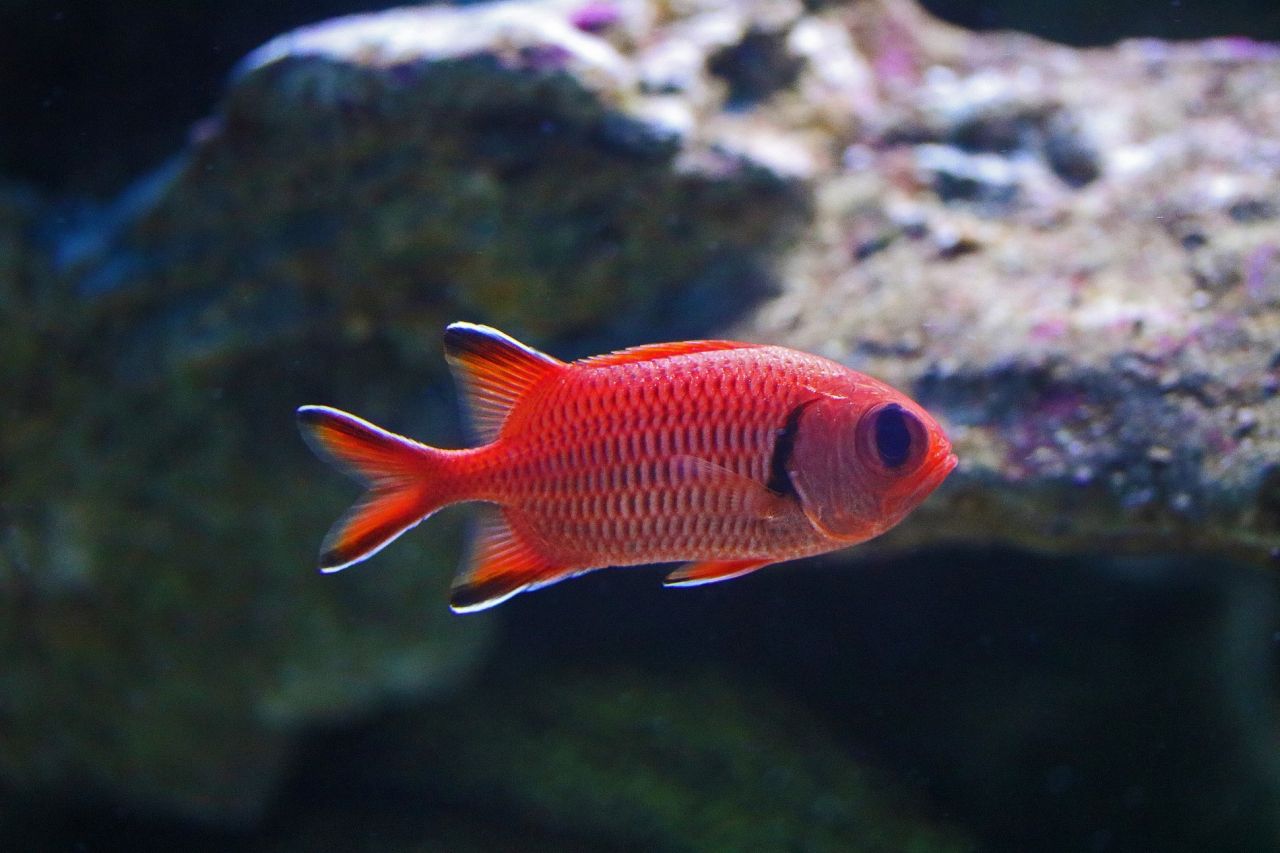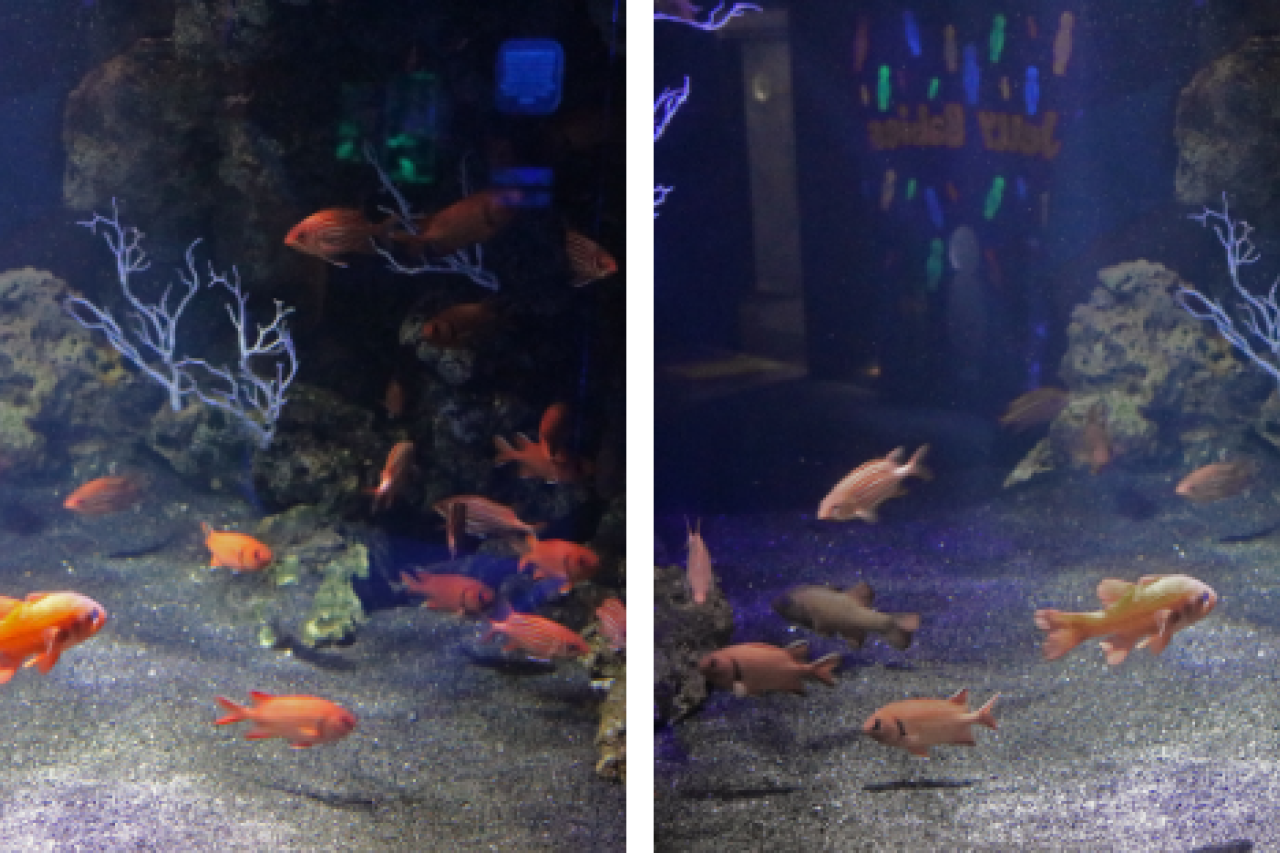We're all been there. You get up in the middle of the night to pee and stub your toes on literally everything. Fish might not have toes, but navigating in darkness is still a challenge they need to deal with.
Despite the apparent difficulties of living in darkness, life flourishes in the ocean’s shadows. Fish that dwell in the caves, under ledges and behind rocks are no less wonderous than the bright and colourful species that roam the reefs by day. But to survive the daylight, and thrive at night, small nocturnal fish need some special adaptations...
Discover nocturnal wonders, and more, in our Diversity Gallery.
Eye spy
The first thing you might notice about our nocturnal fish is that they all have relatively large eyes – all the better to see you with my dears. These large eyes help them to see in the low-light conditions of their hiding places and, perhaps more importantly, they allow the fish to see their prey in the dark of the night.
For example, nocturnal squirrelfish have eyes more than three times the size of similarly sized diurnal fish.

Red = invisibility
The colour red is predominant in many predatory and ambush fish species. This is because red is the first colour of light to be absorbed from the light spectrum by water, between depths of between 1 and 10 metres.

The sun's light is white, which is a combination of all visible colours, but with the red wavelengths absorbed, this colour isn't reflected by red-pigmented fish - so they appear dull and shadowy.
This is the perfect “invisibility cloak” – the reddish predatory fish cannot be seen by its prey in low light. Interestingly, water's ability to absorb long wavelengths of electromagnetism is also the reason you can't use Bluetooth underwater and why microwaves can warm up your food.
"Spidey sense"
Almost all fish have an organ called a "lateral line" - one running along each side of their bodies. These sense organs allow them to detect small changes in pressure, vibrations, electrical signals and movement in the water around them.
Just like Spiderman, nocturnal fish rely on these senses, even more, to warn them about approaching predators and the presence of prey. Even with their large eyes, fish need every available advantage if they are going to be able to thrive in the dark and having the ability to feel the vibrations of a nearby heartbeat certainly help.
Nocturnal fish are not too bright
Being an awesome night hunter does have some disadvantages - notably, that nocturnal fish have much smaller brains than their daytime counterparts. The reason for this is that although their vision is far more sensitive than the eyes of diurnal species, they don't have a well-developed ability to see in colour and they have very poor depth perception, as in general things that are seen in the dark are all close by. Less visual information means they don't need a big brain to process it (but that's okay, some superheroes prefer brawn over brain).
Experience a world of underwater wonders - these cave dwellers, and many other curious creatures, are yours to discover at the Two Oceans Aquarium.







